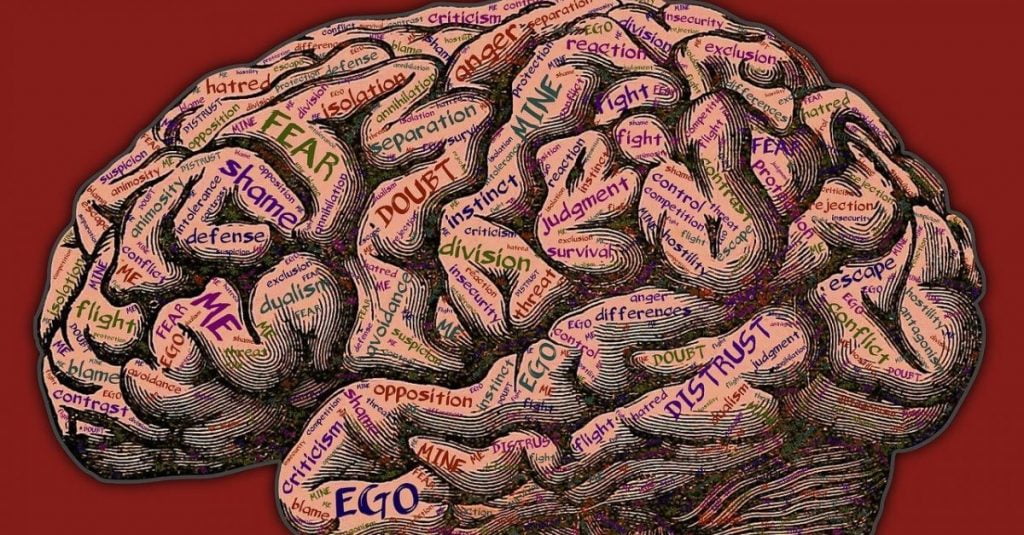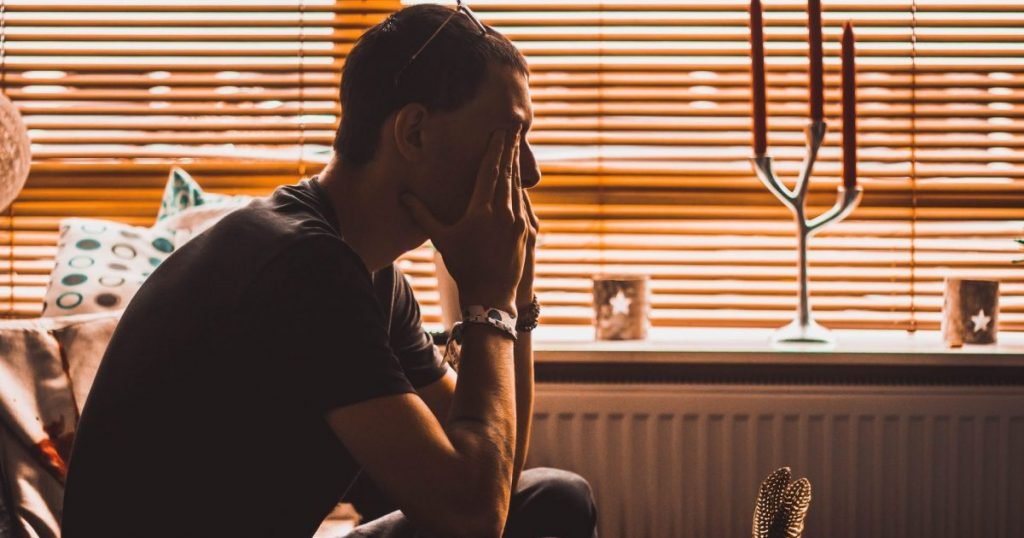When you hear a sudden loud noise or see a large animal charging towards you, the instantaneous rush of adrenaline, quickened heartbeat, and rapid breathing are all part of a natural human reaction – the fear response. The fear response is as old as humanity itself. Understanding the fear response is not just about recognizing the physical manifestations, but also about comprehending its deep-rooted presence in our evolutionary journey.
The Origin of Fear in Evolution
Fear played a crucial role in the survival of our ancestors. Think of a time when humans were hunters and gatherers, living in a world filled with predators, rival tribes, and natural hazards. The fear response enabled early humans to detect threats and react rapidly, either by fighting (the fight response) or fleeing (the flight response). This is the very reason why our heart races and our senses become heightened in the face of danger. It is our body preparing to tackle or evade a threat.
Hence, it’s essential to realize that the fear response is not only a natural but also a vital part of our evolutionary history. Without it, our ancestors might not have survived the myriad of dangers they encountered, and in turn, we might not be here today.
The Modern Fear Response: Beyond Physical Threats
While we no longer face the same threats our ancestors did, the fear response has not disappeared. Today, it’s triggered by different kinds of dangers, most of which are psychological rather than physical. Worries about job security, social acceptance, or personal failure can all incite this deep-rooted response. In this modern context, understanding the fear response is just as crucial, if not more so.
Although the fear response is still intrinsically linked to our survival instincts, in the contemporary world, it can sometimes hold us back. This is where it can prevent us from pursuing our dreams and living our best lives.
“Pushing through fear is less frightening than living with the underlying fear that comes from a feeling of helplessness.” – Susan Jeffers, Feel the Fear and Do It Anyway.
This quote from Susan Jeffers’ groundbreaking book underscores the idea that sometimes, the fear of taking action is worse than the action itself. We often hold ourselves back due to the fear of the unknown, the fear of failure, or the fear of judgment. But in doing so, we might be denying ourselves the opportunities and experiences that can truly enrich our lives.
Confronting Fear in Our Lives
“The only way to get rid of the fear of doing something is to go out and do it.” – Susan Jeffers, Feel the Fear and Do It Anyway.
Understanding the fear response is the first step. The next is confronting and challenging it. Just as our ancestors had to confront their fears to survive, we too must face ours to thrive. Whether it’s taking on a new project, moving to a new place, or expressing a controversial opinion, taking the leap can often lead to growth and new experiences.
However, it’s essential to differentiate between valid fears (those that protect us) and baseless ones (those that hold us back). For instance, the fear of touching a hot stove protects us from getting burnt. In contrast, the fear of public speaking might simply be preventing us from sharing valuable insights or progressing in our career.
Conclusion
In essence, understanding the fear response means recognizing its evolutionary role and appreciating its significance in our daily lives. While it is ingrained in our biology to keep us safe, it’s also crucial to challenge the fears that restrict us from reaching our full potential. As Susan Jeffers aptly puts it, sometimes we must “feel the fear and do it anyway.”
The next time you’re faced with a decision that instills fear, take a moment to reflect. Is this fear protecting you, or is it preventing you from living your dream? Only by understanding and confronting our fears can we truly live a life full of growth and endless possibilities.





